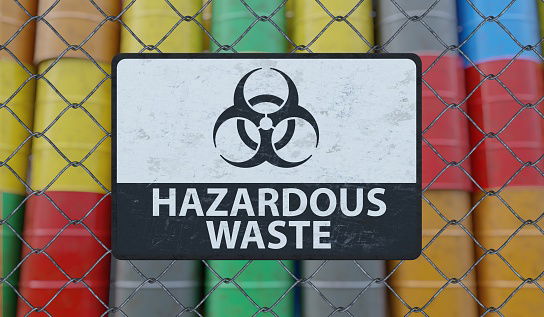Hazardous Waste Managements

When it comes to waste management, there are many different categories. For example, flammable liquids can't be dumped down the drain. Corrosive liquids can't be disposed of in the same way, because they can damage the environment. And non-neutral liquids can't be disposed of, either. In California, waste from chemical production is considered hazardous waste. Here is how to dispose of toxic chemicals safely.
Most hazardous waste is created by processes in many different industries. These include nuclear establishments, hospitals, and health-care facilities. Industrial industries are the largest producers of hazardous waste, including the petrochemical, metal, wood treatment, pulp and paper, and energy production plants. Small- and medium-sized businesses also generate hazardous waste, but these aren't the most important types of hazardous waste. Nevertheless, despite their large-scale production, they are important sources of waste.
The proper management of hazardous waste requires proper planning and proper zoning. Locations that have low-potential for recreation and environmental damage should be avoided. Another important consideration in hazardous waste management facility siting is transportation routes. Interstate highways and limited-access highways should be used when possible, but otherwise any roads should be all-weather roads. Keeping these roads away from the site helps minimize accidents and spills and reduces the amount of land that is used for storage.
The proper handling and disposal of HHW is essential for public health and the environment. If not handled properly, it can cause serious health problems, contaminate groundwater, or even result in costly fines and litigation. This could result in the closure of business operations. For this reason, it is vital that the public be made aware of these problems and understand how to deal with them. For this reason, public education campaigns are essential to increase public awareness about the hazards posed by HHW. You can learn more about e commerce logistics on this website.
The government has created various tools to map the distribution of hazardous waste and its impacts on the environment. These tools can help you locate hazardous wastes in the US and see where they are located. Using these tools, you can map the types of hazardous wastes and how they are transported. In addition to these, you can even access additional information about the location of hazardous substances. The U.S. government has established guidelines for the correct disposal of waste at businesses.
There are several factors to consider when siting a hazardous waste management facility. Most of these sites are located in areas where there is no recreational use. These places are not suitable for hazardous waste management. If the area has high potential for pollution, such as a wetlands or marsh, it should be avoided. The site should be located in an area where people are unlikely to get in contact with the wastes. However, if the location has too much potential for damage to the environment, you should consider a centralized hazardous-waste recycling system. Check out this post that has expounded more on this topic: https://en.wikipedia.org/wiki/Hazardous_waste.
